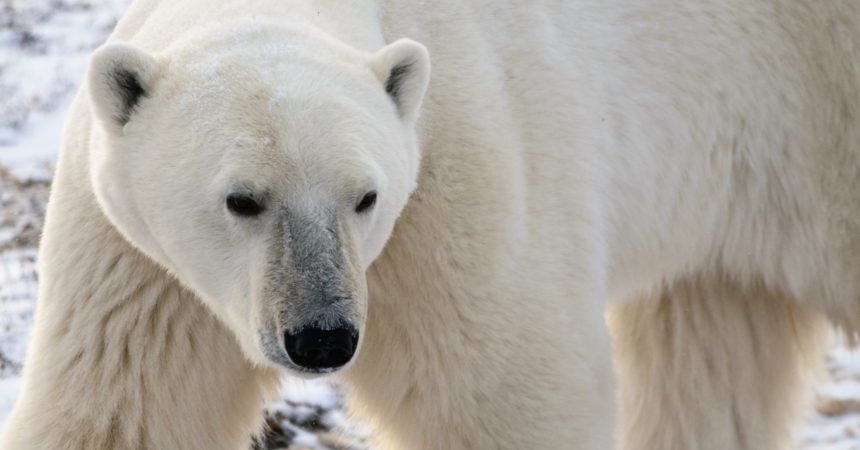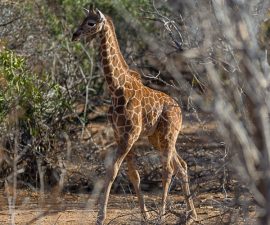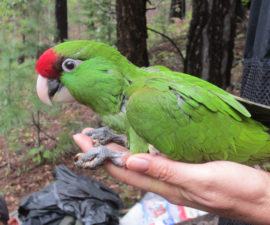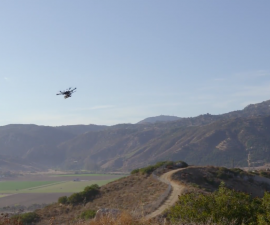Canada’s Hudson Bay is the largest inland sea in the world, covering nearly half a million square miles; and it is home to approximately 2,000 polar bears. The environment is intensely dynamic, with sea ice forming in late fall and remaining until early the next summer, when the bay becomes ice free. Temperatures shift from the mid-60 degrees Fahrenheit range in July to the minus-10 degree range in January, along with a shift from 20 hours of daylight in summer to 5 hours in the winter.
To deal with the changing seasons, polar bears in Hudson Bay migrate. Every year, they move from the sea ice to the land and back again, spending as much time on the sea ice as they can until it melts. The influx of bears onto land can be a challenge for local communities along the Hudson Bay coastline, but in places such as Churchill, Manitoba, people have learned to coexist.
Over the past three years, San Diego Zoo Global has been helping to monitor the bears as they migrate. The collaborative effort joins us with the University of Alberta, Environment and Climate Change Canada and our long-time partners, Polar Bears International. We use a combination of trackers embedded into collars and ear tags—which upload multiple locations each day—to trace the movements of the bears in near real-time, via satellites.
To fit polar bears with these trackers, we need to interact with the bears directly in their habitat. Each spring, I join a dedicated team to head out in a helicopter to locate polar bears on the sea ice. To safely work with them, we tranquilize the bears from the air and wait until they are fully anesthetized before landing, to approach them on foot.
When on the sea ice with bears, the feeling of awe is perpetual. I have worked with polar bears in their habitat for 10 years—and every time I get close, I am flooded with wonderment and joy that we share the planet with such magnificent animals. I also feel deference: there is a respect that this mighty species commands.
In spring, we attach ear tags to male bears; and in the fall, our colleagues put collars on adult females. In this way, we gather information for different demographics of bears, and the trackers provide insight into how polar bears use their habitat in Hudson Bay. This includes information about the paths mothers use to leave their dens with newborn cubs, the type of sea ice selected by polar bears during the darkness of winter, and how frequently polar bears need to swim as sea ice changes. With this information, we can better inform conservation work, ensuring that critical habitat remains protected.
Nicholas Pilfold, Ph.D., is a scientist in Population Sustainability at the San Diego Zoo Institute for Conservation Research. Read his previous post, The Sun’s Out, and Polar Bears Are Out—on Land.





